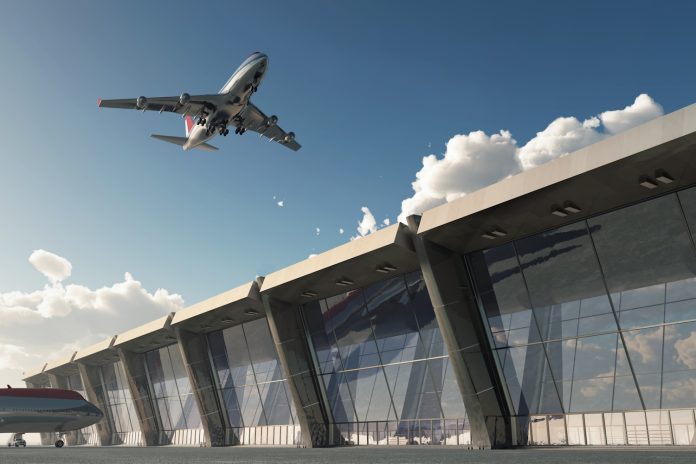Global aviation roared back in 2024, with air passenger volumes soaring across the world’s busiest routes and major travel markets, according to IATA’s newly released WATS report. Nowhere was this growth more pronounced than in the Asia-Pacific region, which claimed nine of the world’s top ten busiest air corridors.
At the top of the list, South Korea’s Jeju–Seoul connection once again took the crown as the busiest route globally, carrying a staggering 13.2 million passengers last year. The only non-Asia-Pacific route to break into the top ten was Saudi Arabia’s Jeddah–Riyadh link, a critical artery for domestic travel in the Kingdom.
Beyond Asia, other regions saw standout performances. In Latin America, Colombia’s Bogotá–Medellín route moved 3.8 million travelers, while South Africa’s Cape Town–Johannesburg corridor led Africa with 3.3 million passengers.
In North America, the transcontinental New York–Los Angeles link carried 2.2 million people, reflecting the continuing strength of the U.S. domestic market.
In Europe, the short-haul leisure route between Barcelona and Palma de Mallorca attracted two million passengers, buoyed by tourism demand.
The world’s largest passenger markets also saw impressive growth. The United States remained firmly in first place with 876 million travelers, up 5.2 percent year-on-year. China’s rapid rebound from pandemic-era restrictions fueled an 18.7 percent jump to 741 million passengers, securing the number two spot. The United Kingdom, Spain, India, and Japan all saw double-digit growth rates, reflecting the broad-based nature of the recovery.
This surge in passenger traffic has prompted airlines to intensify competition on busy corridors, expand frequencies, and invest in customer experience enhancements. With Asia-Pacific now entrenched as the global epicenter for high-volume air travel, and the U.S. and China dominating overall passenger numbers, 2025 is shaping up to be another record-breaking year for the industry.













